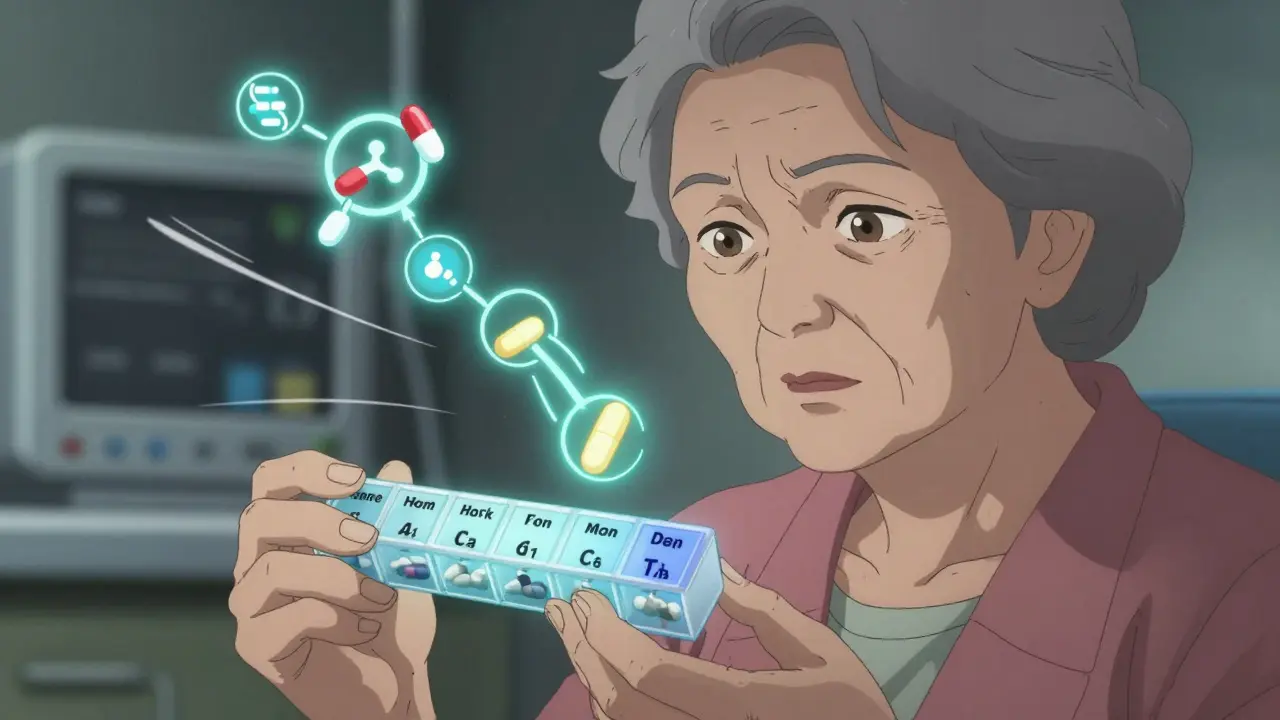Sadness: What It Is and What You Can Do Right Now
Feeling sad sometimes is a normal part of life, but persistent sadness that gets in the way of work, sleep, or relationships deserves attention. This page gives clear, practical steps you can try today, simple signs that it’s more than temporary low mood, and straightforward treatment options so you can make decisions with confidence.
Quick, practical steps to feel a bit better
Start with small, concrete actions. Walk for 20 minutes outside — sunlight and movement boost mood chemicals. Keep a simple sleep schedule: same bed and wake times every day. Eat regular meals with protein and vegetables; blood sugar dips make mood swings worse. Limit alcohol and recreational drugs — they often deepen sadness. Try one focused task each day, like tidying one corner of a room. Completing something, even small, gives a quick lift.
Use a short mood log: each evening note one good thing that happened and one goal for tomorrow. That habit trains your brain to spot positives and breaks the loop of negative thinking. If you’ve been isolating, send one honest message to a friend or family member — social contact helps, even if it feels awkward at first.
When sadness may be more serious and what treatment looks like
If sadness lasts more than two weeks, comes with loss of interest in things you usually enjoy, major sleep or appetite changes, or thoughts of harming yourself, reach out to a clinician. Treatments for longer-lasting sadness include therapy (talk therapies like CBT), medication (antidepressants such as bupropion or SSRIs), lifestyle changes, or a combination. Many people get noticeable relief from a few weeks of treatment; some need longer-term plans.
Medication choices depend on symptoms and side effects. For example, bupropion (Wellbutrin) often helps with low energy and motivation, while other drugs help rapid anxiety and sleep issues. A prescriber will match options to your needs and monitor effects. Side effects are common at first and often fade; tell your clinician about anything that worries you so they can adjust the plan.
If you ever have thoughts of suicide or harming yourself, call emergency services or a crisis line immediately. Don’t wait. If you feel safe finding help online, look for local mental health services, or ask a GP for urgent referral.
Finally, be patient and steady. Small habits add up. Try one change for two weeks and track how you feel. If nothing improves, ask for professional help — getting support is a sign of strength, not weakness.
Symptoms of Depression: How to Tell if It’s More Than Just Sadness
A lot of people mix up normal sadness with depression, but knowing the difference really matters. This article breaks down the signs that set depression apart from everyday sadness and gives you practical ways to notice what’s going on. You’ll get simple tips and relatable examples, so you can decide if you or someone you care about might need extra support. Instead of vague advice, you’ll find solid, easy-to-understand info here. Recognizing real symptoms early on could make all the difference.






